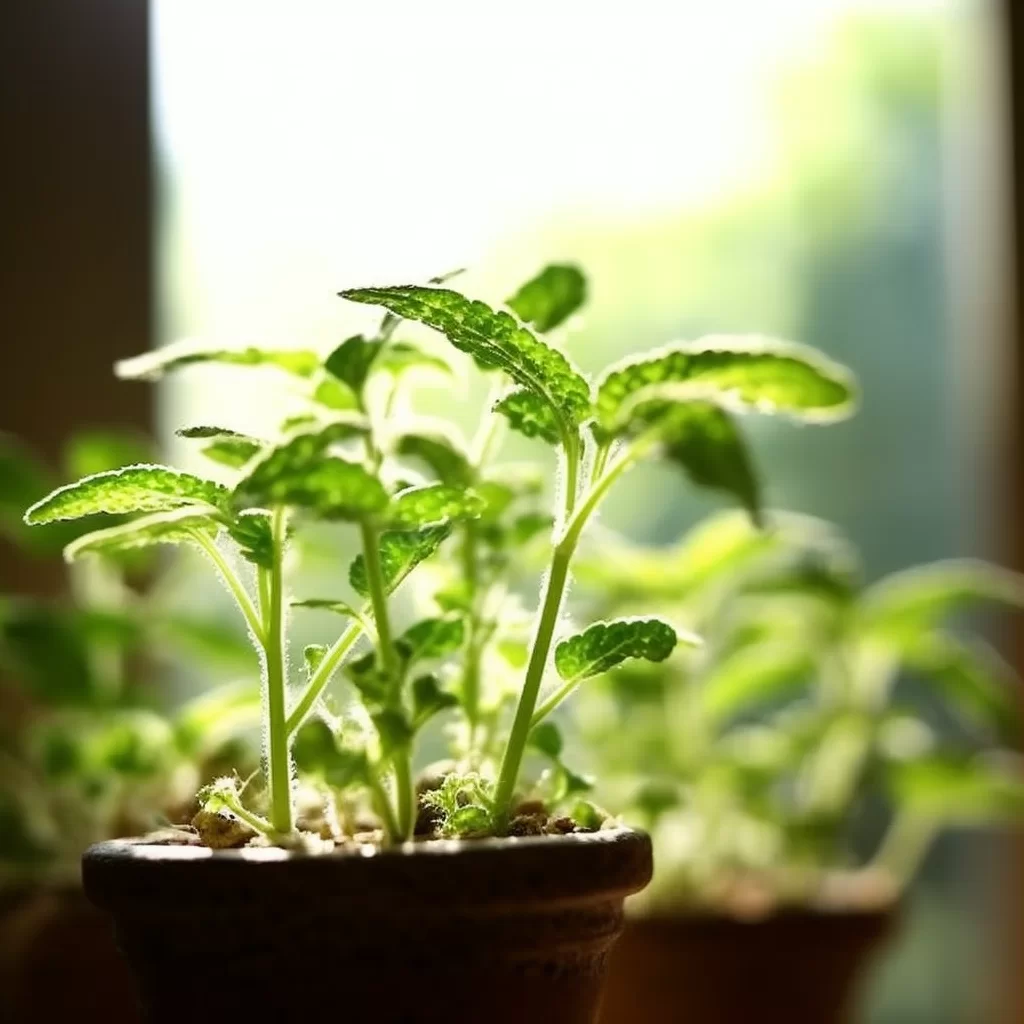Story of Day :
Contents
The Complete Guide to Cat Mint Plant: Care Tips and Everything You Need to Know
Cat mint plant, also known as Nepeta cataria, is a popular herb that belongs to the mint family.
As its name suggests, this plant is known for attracting cats with its irresistible scent.
However, it is not just a favorite among feline friends but also a great addition to any garden.
In this article, we’ll guide you through everything you need to know about cat mint plant care tips.
What Is Cat Mint Plant?
Cat mint is an aromatic perennial herb native to Europe and Asia but now widely grown in other parts of the world, including North America.
It produces clusters of lavender-blue flowers that bloom from spring until fall and reaches a height of 2-3 feet.
The leaves of cat mint have a pungent aroma due to the presence of nepetalactone oil which attracts cats who love rolling around it while playing or sleeping in its vicinity.

How To Grow Cat Mint Plant?
- Soil: Catmint prefers well-draining soil that is slightly alkaline with a pH between 6.7 -7.0
- Sunlight: This herb grows best in full sun exposure but can also tolerate partial shade
- Watering: Water thoroughly when the top inch of soil feels dry during hot weather conditions since low moisture levels can stunt growth
- Fertilizer: Apply organic fertilizer once every year before new growth appears using slow-release granules or compost tea mixture for best results
Cat Mint Plant Care Tips
Pruning
Prune cat mint plant after the first flush of blooms in late spring or early summer to promote bushy, compact growth.
Cut back the stems by half their length to encourage new growth and avoid leggy plants.

Pests and Diseases
Cat mint plant is relatively easy to grow, but it’s not entirely immune to pests.
The most common pests include spider mites, aphids, and whiteflies that can cause yellowing leaves and stunted growth.
To control these pests, spray with neem oil or insecticidal soaps.
Propagation
- Cuttings: Take cuttings in early summer when the plant is actively growing by snipping off a 4-6 inch stem below a node.
Strip off lower leaves leaving only the top two pairs before planting in moist potting soil.
- Division: Divide plants every three years in early spring using a sharp knife or spade to separate clumps into multiple pieces with roots attached before replanting at desired locations.
The Benefits Of Growing Cat Mint Plant?

Catmint has therapeutic benefits both for humans and animals alike.
Some of its benefits include:
- Pest repellant: Catmint’s strong scent helps keep mosquitoes away from your garden area
- Aromatherapy: Its strong fragrance has a calming effect that reduces stress levels when used as an essential oil or tea infusion tonic
- Feline-friendly: If you have cats around your home, catmint will attract them like bees to honey!
In Conclusion
If you’re looking for a low-maintenance and fragrant herb to add to your garden, cat mint plant is an excellent choice.
With proper care, it can thrive in most soil conditions and attract feline friends while keeping pests away.
We hope this comprehensive guide has provided you with everything you need to know about growing Nepeta cataria.
